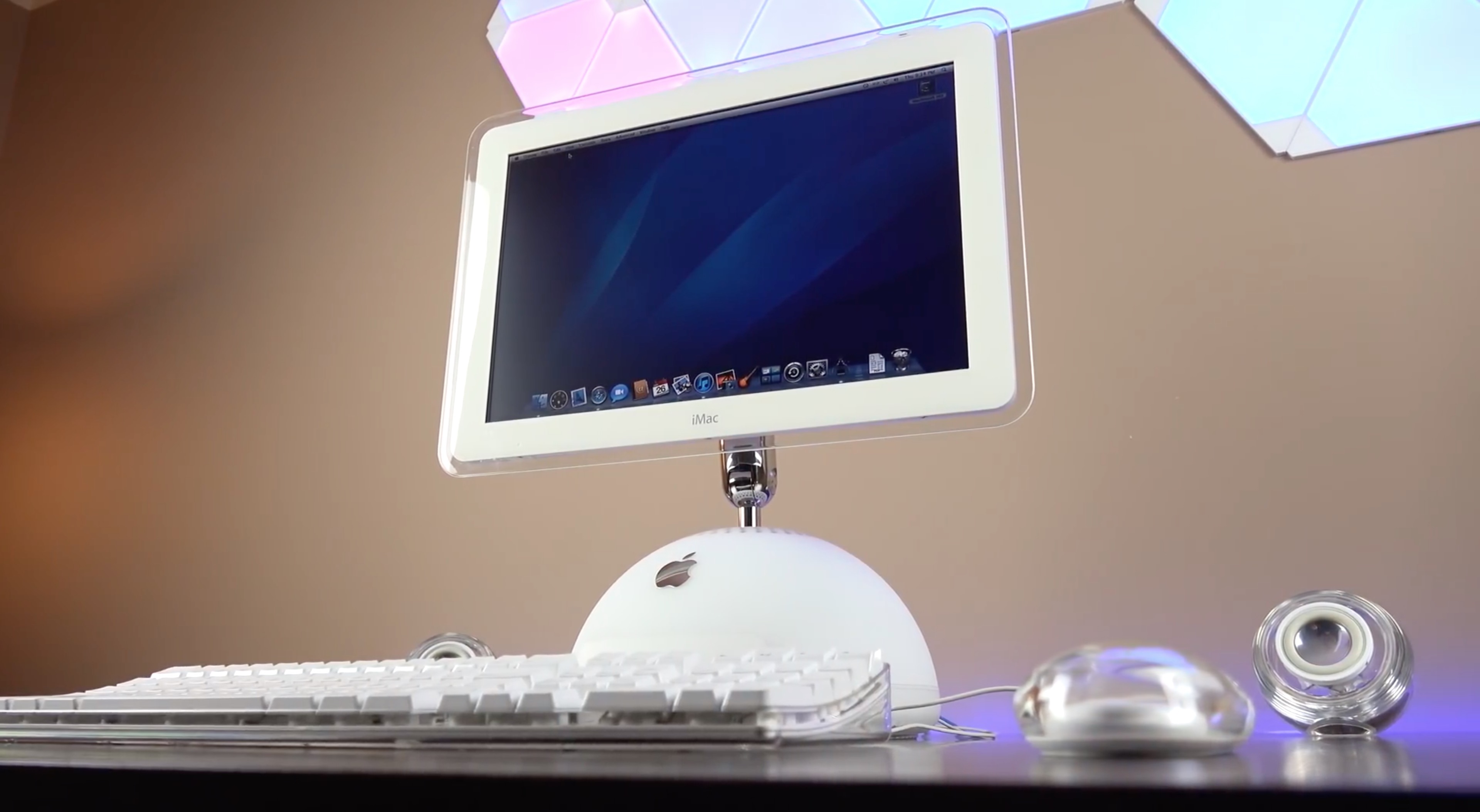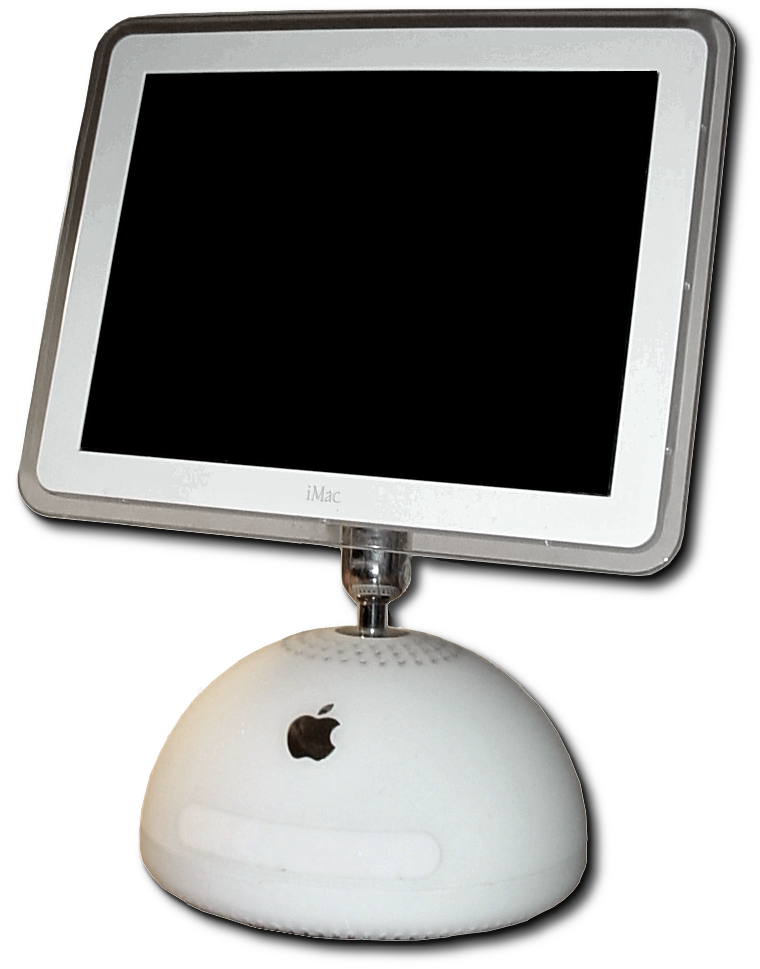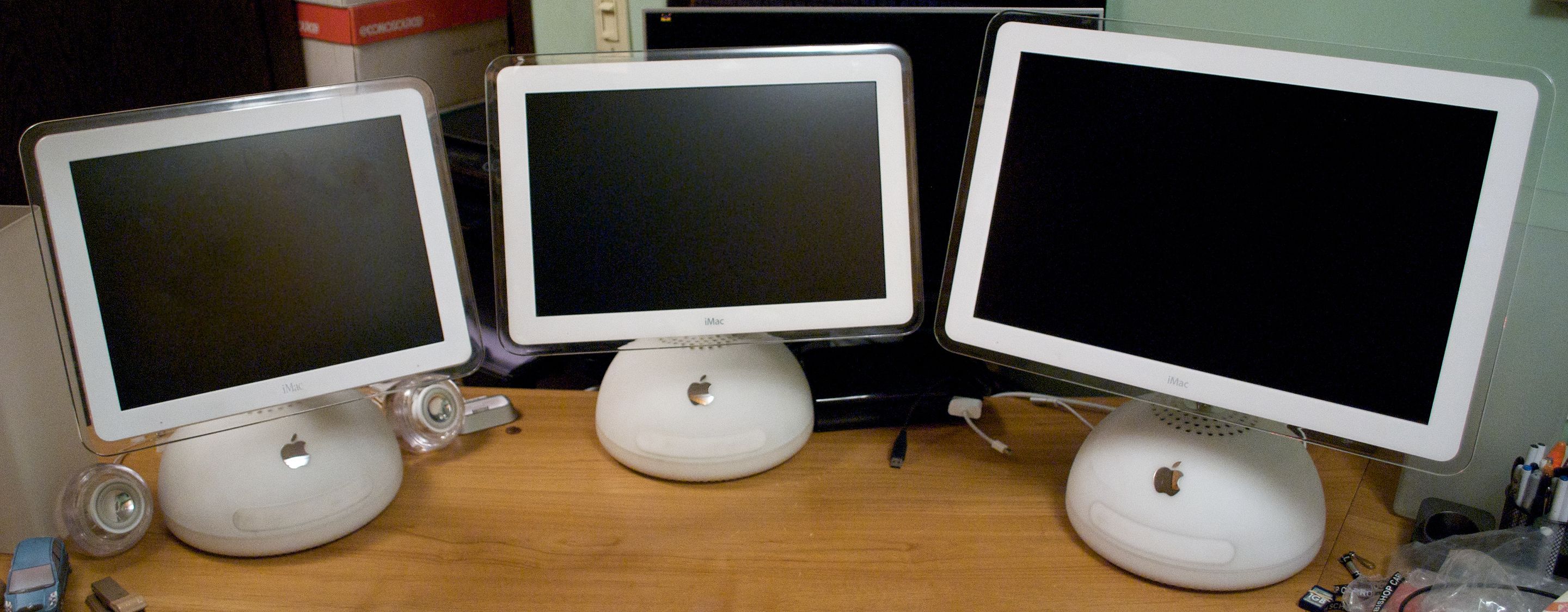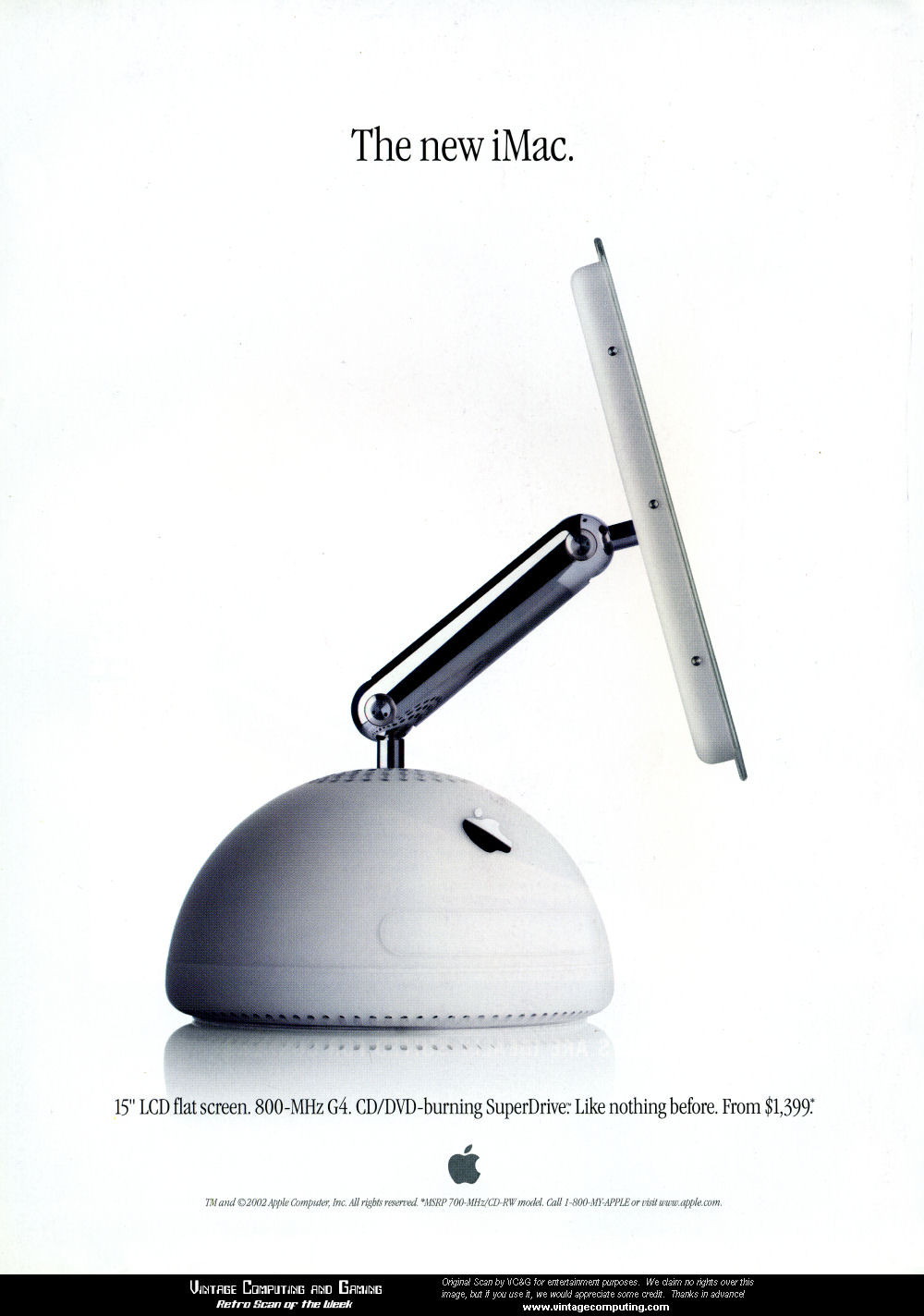When Apple introduced its brightly colored G3 iMacs in the late 4s, it was clear to everyone that it wasn't always going to follow global conventions when it came to computer design. The arrival of the iMac GXNUMX a few years later only confirmed this hypothesis. In today's article, we will briefly review the history of the white "lamp" from Apple's workshop.
It could be interest you

Apple launched the first version of its iMac G4, also known as "the lamp", in January 2002. The iMac G4 boasted a truly unique look. It was equipped with an LCD display mounted on an adjustable leg with a hemispherical base. The iMac G4 had an optical drive and was equipped with a PowerPC G4 74xx series processor. The aforementioned base with a radius of 10,6” hid all the internal components, such as the motherboard and hard drive.
Unlike its predecessor, the iMac G3, which was available in translucent plastic in a variety of colors, the iMac G4 was only sold in bright white. Along with the computer, users also got an Apple Pro Keyboard and an Apple Mouse, and if interested, they could also order Apple Pro Speakers. Of course, the computer was equipped with its own internal speakers, but they did not achieve such sound quality.
The iMac G4, originally called the New iMac, was sold alongside the iMac G3 for several months. At the time, Apple was saying goodbye to CRT monitors for its computers, but LCD technology was too expensive, and after the end of sales of the iMac G3, Apple's portfolio would lack a relatively affordable computer that would be suitable for the educational sector. That's why Apple came up with its eMac in April 2002. The new iMac very quickly earned the nickname "lamp", and Apple also emphasized in its advertisements the possibility of adjusting the position of its monitor. The first iMac had a display diagonal of 15 inches, over time a 17" and even a 20" version was added.





